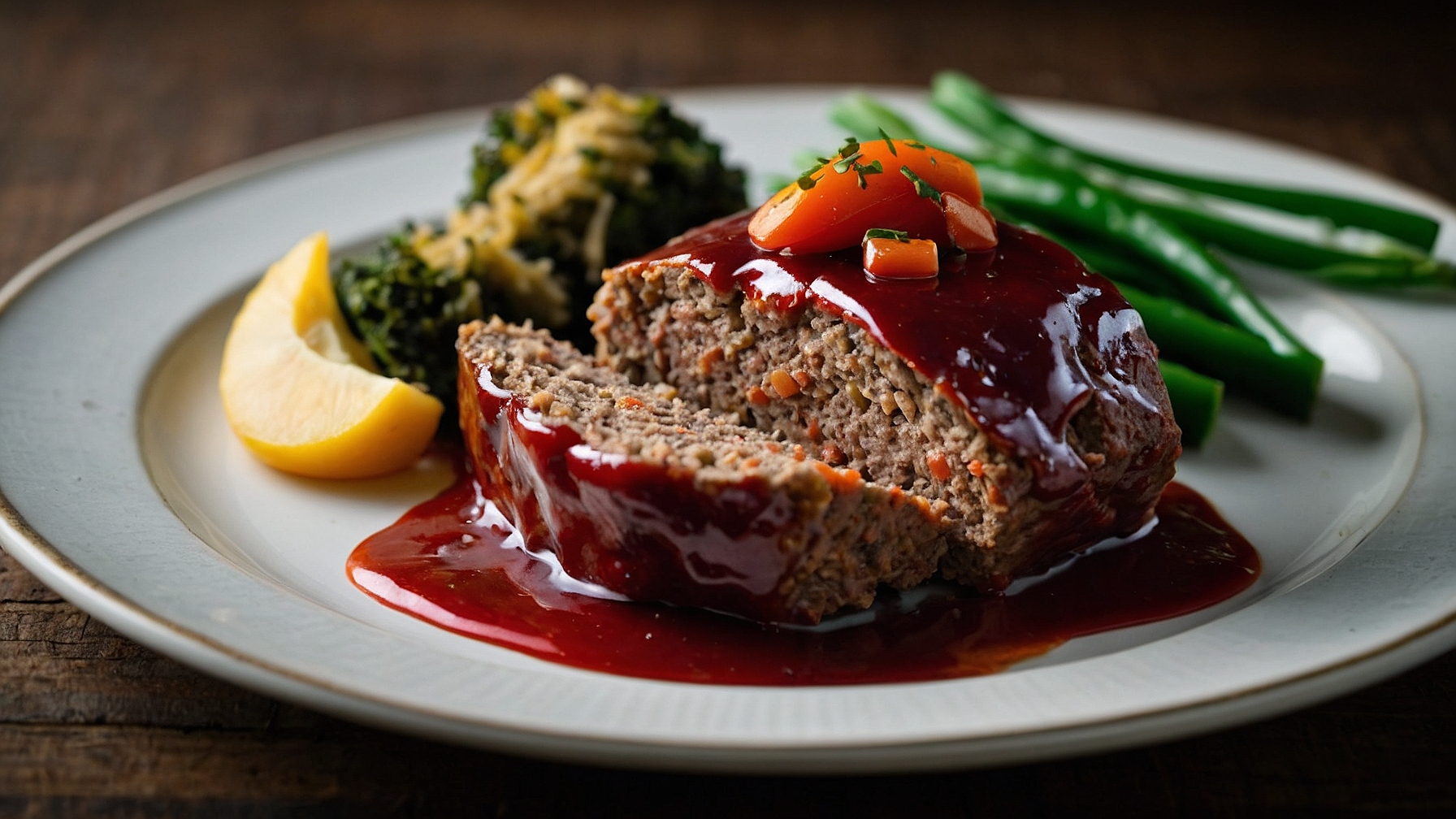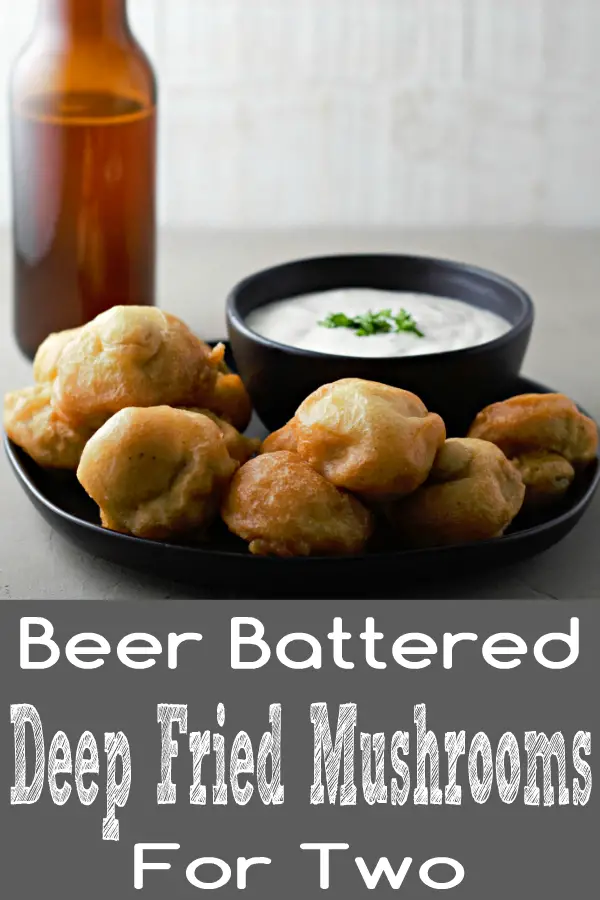Recipe Disaster: How to Turn Culinary Catastrophes into Delicious Triumphs
#### Description:In the world of cooking, every chef—whether novice or expert—has faced a recipe disaster at some point. These moments can be frustrating, e……
#### Description:
In the world of cooking, every chef—whether novice or expert—has faced a recipe disaster at some point. These moments can be frustrating, embarrassing, and sometimes downright hilarious. However, what if we told you that these culinary mishaps could actually lead to some of the most creative and delicious dishes you've ever made? In this guide, we will explore the concept of recipe disaster, share tips on how to recover from them, and even highlight some famous examples that turned into unexpected successes.
Firstly, let’s define what a recipe disaster is. It can range from a cake that refuses to rise, to a sauce that curdles, or even a meal that turns out completely inedible. These disasters can happen for various reasons: incorrect measurements, the wrong cooking temperature, or simply a lack of experience. But rather than seeing these moments as failures, we should embrace them as learning opportunities.

One of the most common recipe disasters occurs during baking. Imagine pulling a cake out of the oven, only to find that it has collapsed in the middle. Instead of tossing it in the trash, consider transforming it into a delicious trifle! Layer the crumbled cake with whipped cream and fresh fruit for a delightful dessert that not only salvages your efforts but also impresses your guests.
Another typical recipe disaster is when a sauce separates or curdles. This can be disappointing, especially if you’ve spent a lot of time preparing the dish. However, you can often save it by whisking in a bit of cream or broth to bring it back together. If all else fails, consider using it as a base for a soup or stew. This way, you can turn what seemed like a culinary failure into a hearty and comforting meal.
When it comes to savory dishes, over-seasoning is a frequent recipe disaster that many home cooks encounter. If you find that your dish is too salty or spicy, don’t despair! Adding a starch, such as rice or potatoes, can help absorb some of the excess seasoning. Alternatively, you can create a new dish by incorporating the over-seasoned meal into a casserole or a stir-fry, balancing the flavors with fresh vegetables and proteins.

One of the most inspiring aspects of the culinary world is that many renowned chefs have experienced their own recipe disasters. For instance, the famous chef Julia Child once recounted a time when she accidentally added a cup of salt instead of a teaspoon to her soup. Instead of giving up, she turned the experience into a humorous story that she shared with her audience, demonstrating that mistakes are part of the cooking journey.
To mitigate the chances of a recipe disaster, there are several proactive steps you can take. Always read the recipe thoroughly before starting, gather all your ingredients, and measure them carefully. Additionally, don’t hesitate to experiment and make adjustments as you go along. Cooking is an art, and sometimes the best creations come from a little trial and error.
In conclusion, while recipe disasters can be disheartening, they also present a unique opportunity for creativity and innovation in the kitchen. By learning how to adapt and recover from these mishaps, you can develop your culinary skills and confidence. So the next time you encounter a recipe disaster, remember that it might just be the beginning of a new and delicious adventure!
